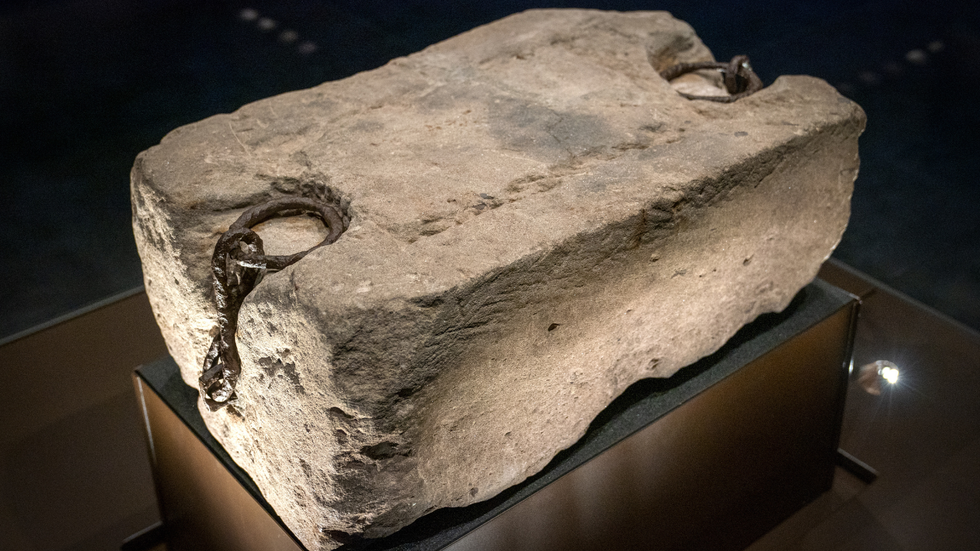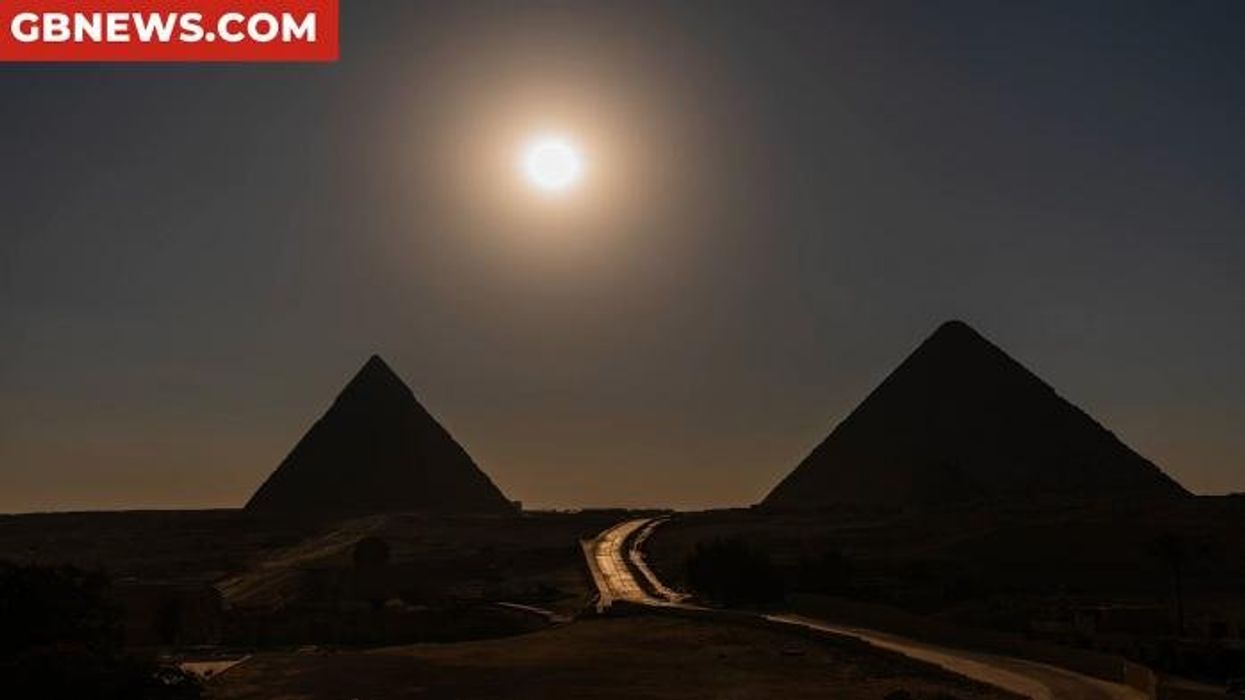True story of Stone of Destiny's missing pieces revealed in extraordinary new research
Fragments of the iconic Scottish slab, long thought to be lost, may now have been found
Don't Miss
Most Read
Researchers believe they may have uncovered the true story behind the missing fragments of Scotland's Stone of Destiny following a new study.
The 152kg sandstone block, also known as the Stone of Scone, has long been seen as a symbol of Scottish sovereignty, and has been used in Royal coronations for centuries.
Over the centuries, the large stone has endured theft, damage, conquest and repair.
But now, researchers believe that dozens of fragments from the Stone of Scone were dispersed across the world.
TRENDING
Stories
Videos
Your Say
The groundbreaking new study carried out by the University of Stirling's Professor Sally Foster has been published in The Antiquaries Journal.
Researchers have tracked the history of 34 fragments believed to have disappeared after the Stone was removed from Westminster Abbey in 1950 by a group of Scottish students seeking to repatriate it.
The Stone was taken from Scotland by King Edward I in 1296 and placed beneath the Coronation Chair at Westminster Abbey, becoming a long-standing symbol of English rule over the Scottish.
Its removal in 1950, led by student Ian Hamilton, was seen by many to be a nationalist statement.
During the incident, the Stone was split in two with stonemason Bertie Gray later repairing it.
But Mr Gray is believed to have kept several small pieces as souvenirs.

The 152kg sandstone block has long seen as a symbol of Scottish sovereignty
|PA
Over the decades, fragments of the Stone have surfaced in unexpected places.
Some were turned into jewellery, including a brooch reportedly given to Ian Hamilton’s girlfriend and a locket worn by SNP politician Winnie Ewing.
Another piece made its way to Australia after Mr Gray gifted it to a visitor, who later donated it to the Queensland Museum.
Prof Foster said these found pieces “add new layers of meaning and value" to the ancient relic.
REMARKABLE DISCOVERIES - READ MORE:

The stone was taken in 1950 in a heist led by Scottish student Ian Hamilton
|PA
The University of Stirling professor examined letters, photographs and museum records to trace the fate of the missing fragments.
Out of the 34 pieces thought to have been taken, 17 have now been verified, with some kept within families and others still unaccounted for.
Prof Foster's fresh research explores how the once dismissed pieces have come to hold deep personal and political significance.
She wrote: "The fragmentation has allowed the Stone to create personal connections far beyond Scotland.”
The researcher said renewed interest in the Stone followed after its role in King Charles’s coronation and its move to Perth Museum in 2024.
She said: "However the existence and significance of a diverse, dispersed body of small fragments of the stone has been overlooked.
"Since my findings started to emerge, many members of the public have contacted me with their family's knowledge of credible stone fragments, often accompanied by supporting evidence - but there are many gaps yet to fill."
Our Standards: The GB News Editorial Charter











